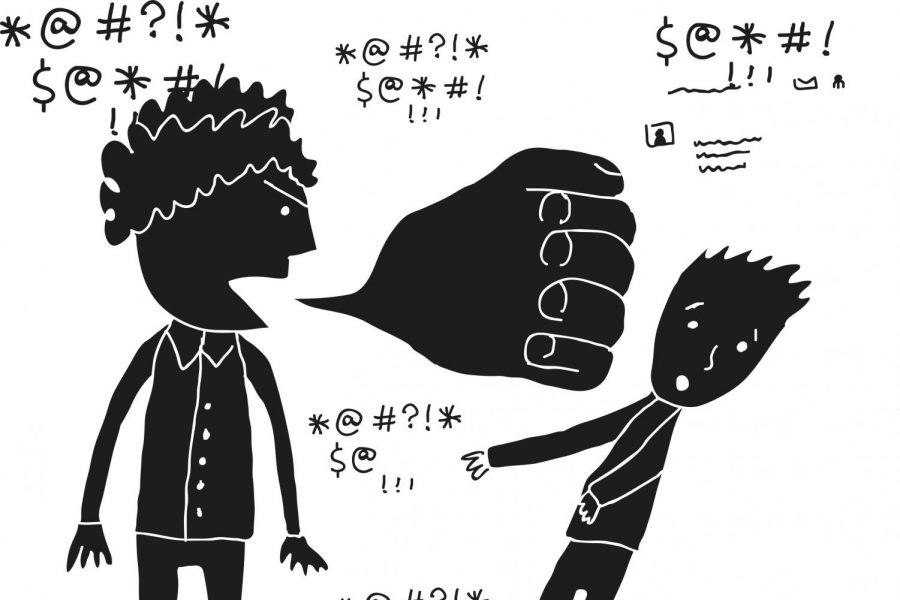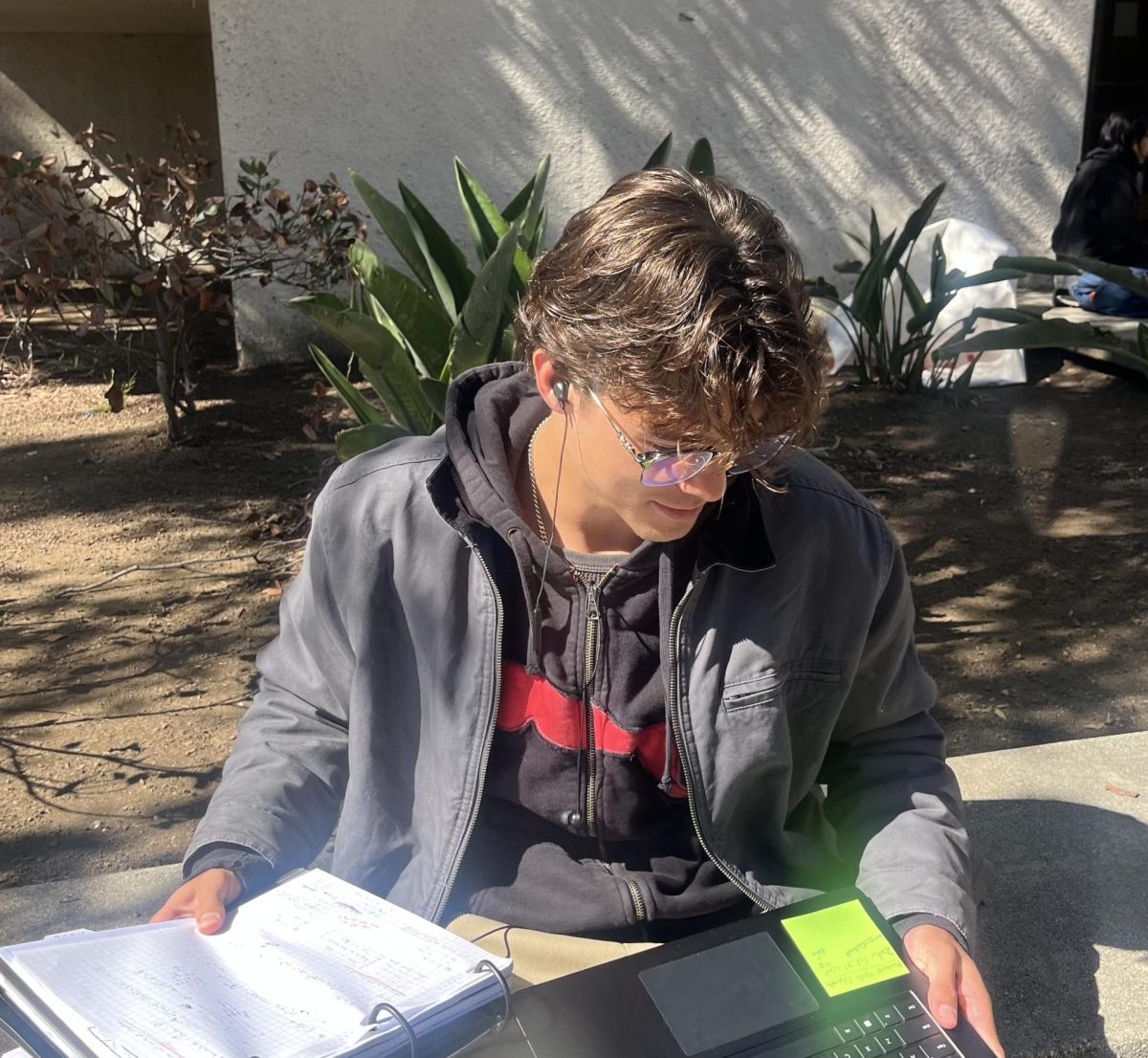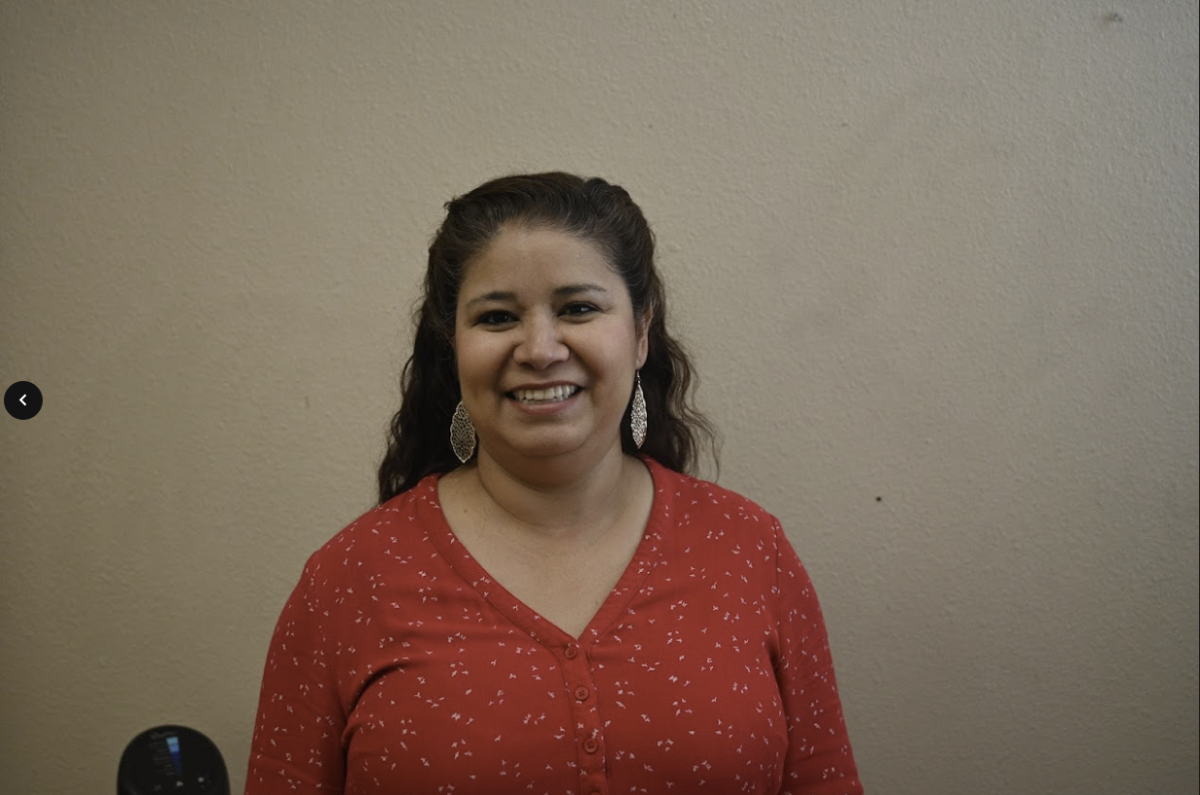Silent Suffering: Childhood Bullying
SOCIAL ISSUES: Bullying exists virtually everywhere, but it is identified to be the most rampant issue in school environments.
Apr 13, 2018
It exists on social media, at home and in the school hallways.
It can hide behind the most unsuspecting faces of friends and family.
Bullying exists virtually everywhere but it is identified to be the most rampant issue in school environments.
In places where young students share eight hours a day with peers they may dislike, harassment of classmates can occur physically, verbally and socially. With the overwhelming social media presence of teens today, being the bully or being bullied is easier than ever.
According to StopBullying.gov, the U.S. Department of Health and Human Services antibullying website, 22 percent of students have reported being bullied. This means that nearly every one out of four students is a victim. An even larger number of 160,000 students in the nation consistently choose to not leave their homes due to their fear of getting bullied.
Students who identify with different ethnicities or sexual orientations are more likely to be victims of bullying. StompOutBullying.org, a nonprofit organization dedicated to preventing digital abuse, reported that 9 out of 10 LGBTQ students experience harassment at school and online.
Cyberbullying is the use of electronic communication to bully someone and almost half the population of students reported such related incidents at least once. StopBullying.gov also states that out of the 43 percent of students who have been cyberbullied, 35 percent have been threatened and 21 percent have received hurtful messages.
One major problem is that bullying often goes unreported. According to StopBullying.gov, 85 percent of the parents are unaware of their child’s experiences and 58 percent of students have reported that they did not alert their parents about their encounters. Students are hesitant to report their experiences because they fear the greater consequences they may face from their bullies. The victim is often threatened if they file a report.
There are numerous reasons why students choose to bully others and they are often linked to insecurities, stress and trauma or that the bullies have been bullied themselves. Damaged mental health can deteriorate the victim’s physical health and confidence levels.
However, the issue doesn’t only lie between the bully and the bullied. Being complicit in the face of bullying labels bystanders as bullies as well. Student bystanders often do not report the bullying that they see because they also fear what might happen to them. Bullies hold power over the victim and the witnesses. If bystanders were to speak out they could become potential targets.
Childhood bullying can also lead to lasting effects on mental health. According to Live Science, a science news website, childhood bullying is linked to psychiatric disorders that must be treated by professionals and can also lead to depressive tendencies. Children who have been affected with trauma in their early years are often linked with harassment from their peers. This can stunt social development and result in poor school-performance.
Although the culture surrounding school bullying has slightly shifted, students are still wary about involving themselves in situations where they can be in danger of being bullied themselves, which is understandable. To combat this culture of staying complicit, advocacy websites such as NoBullying.com and StompOutBullying.org have launched public education campaigns in schools and provide hotlines where people can tune in to talk with a peer listener.
Schools have also taken it upon themselves to find solutions to bullying. Van Nuys High School hosts assemblies each year to teach students about the serious consequences of harassing someone. Students are also made aware that they can use the bully box, where one can anonymously turn in a slip of paper citing a bullying incident that they have seen or experienced.
Even with all the measures that have been taken, there is no guarantee that the bullying can be stopped. School administrators have no power to stop bullying unless they have physical evidence of it.
Ms. Peggy Shim, an AP Biology teacher at VNHS, believes that campus administrators take bullying seriously.
“We take it seriously ,” said Ms. Shim. “If someone reports bullying we’ll make sure that the bully would never do it again. The only problem is that people are afraid to rat out each other. If they see something happen they should report it. But they don’t do that because they fear that they will get some sort of retribution. I think the school tries to prevent the bullying too. School counselors would be the best to go report bullying to.”
Students can help prevent bullying. Reporting the situation, providing emotional support and confronting the bully are all proactive ways to combat harassment.
Confiding in a trusted person can open doors for students to protect themselves from future bullying. Parents and teachers can involve themselves by speaking with the school’s administration and work to create an environment where no student is afraid to attend class.
When children speak to their parents or teachers about the rough situations that they face, they are able to give themselves access to emotional support and potential mental health services.
By providing emotional support, anyone can become a peer listener. The Royal College of Psychiatrists recommend for parents to take the child’s situation in a serious matter when they talk about their relationships with classmates in school. Communication with the student fosters trust that students need.
Unfortunately, bullying will always exist in some physical, verbal or social form, but there will always be ways to prevent it from happening. The culture of “staying quiet” in the face of harassment is slowly changing as students learn to stand up and be open to conversation.








